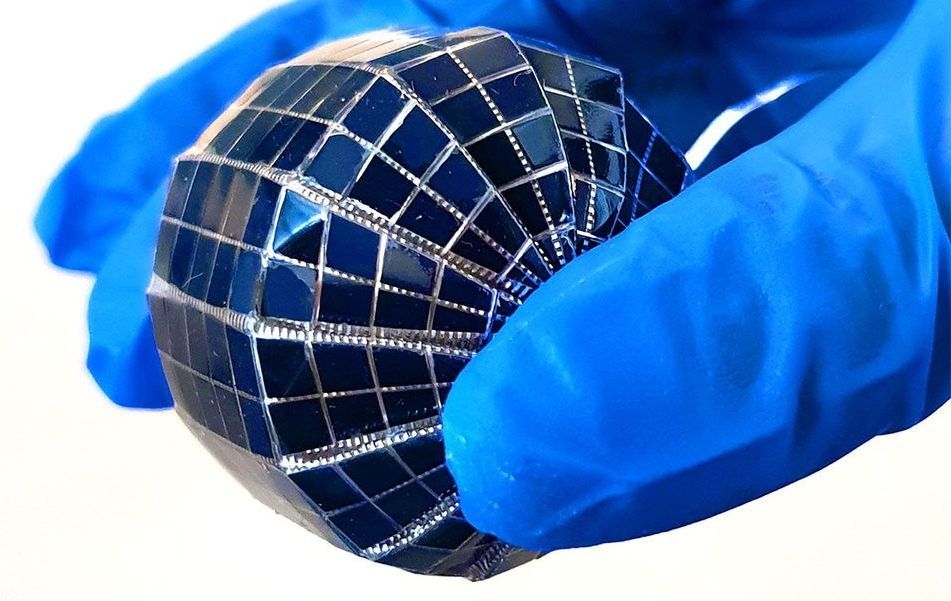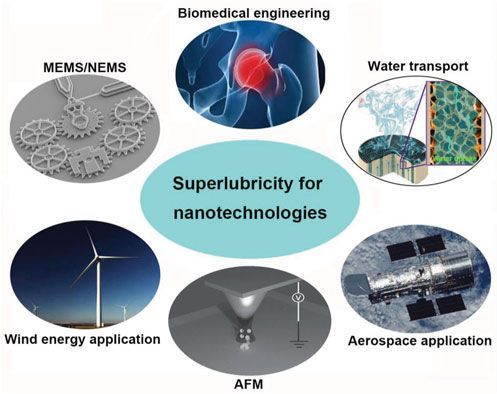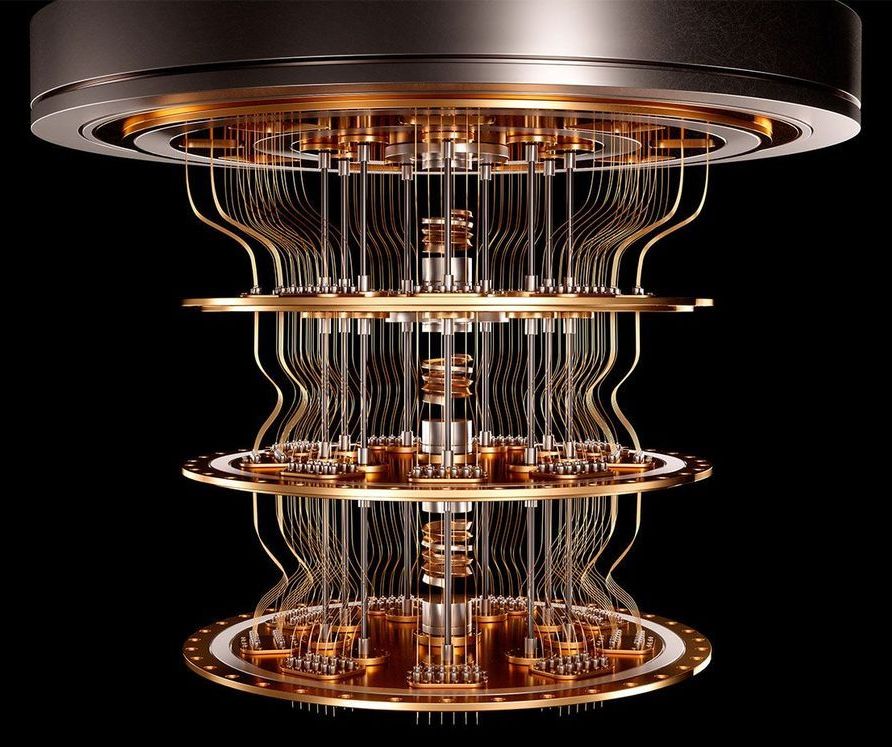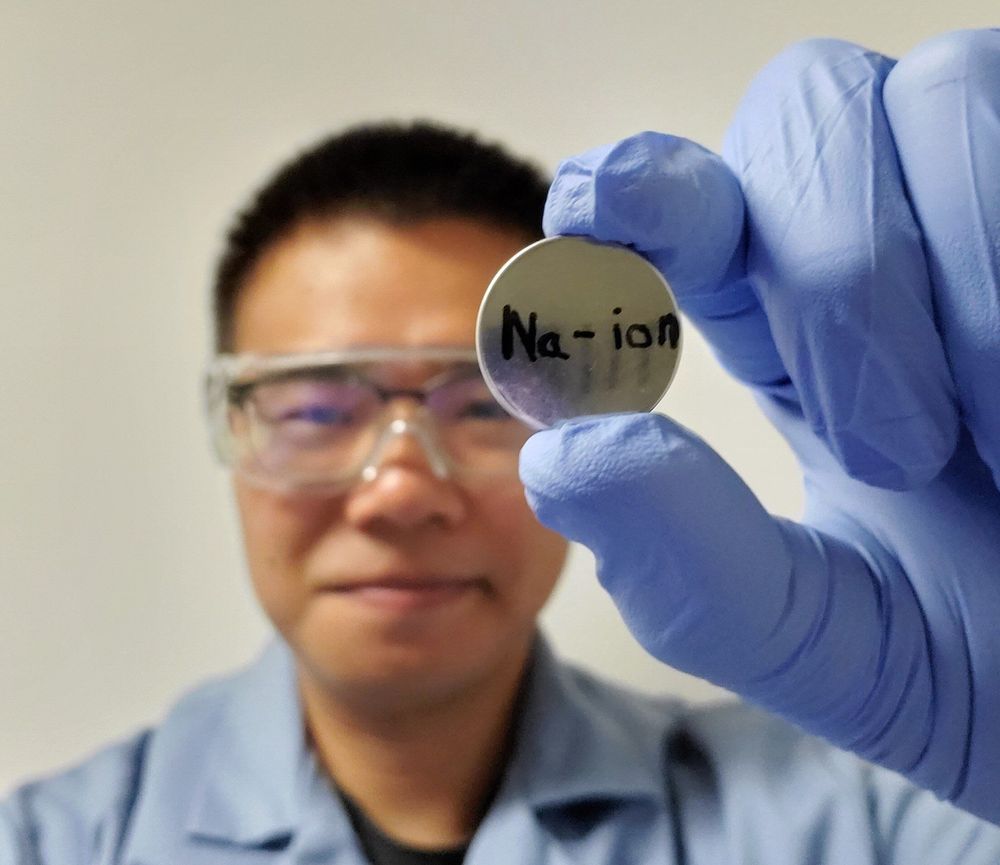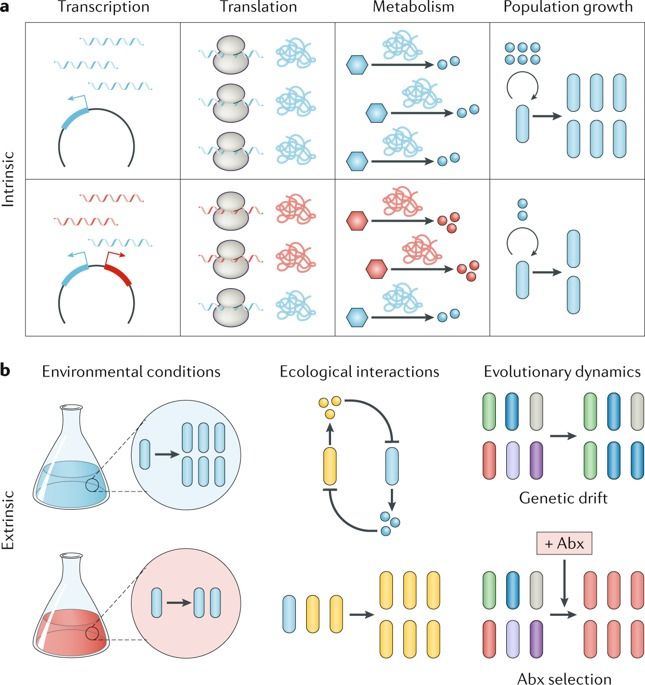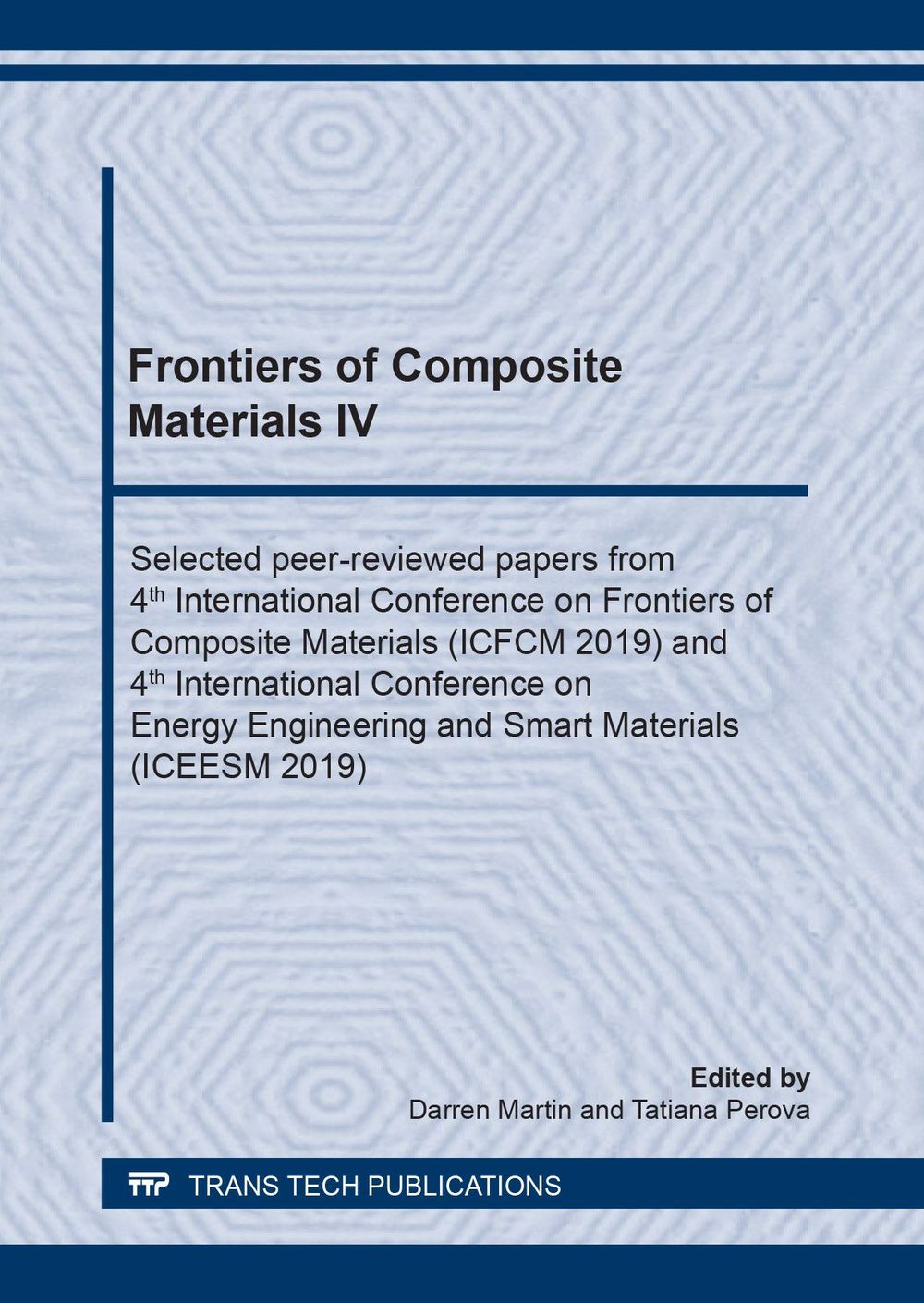Jun 10, 2020
Spherical Solar Cells Soak Up Scattered Sunlight
Posted by Quinn Sena in categories: engineering, solar power, sustainability
Flat solar panels still face big limitations when it comes to making the most of the available sunlight each day. A new spherical solar cell design aims to boost solar power harvesting potential from nearly every angle without requiring expensive moving parts to keep tracking the sun’s apparent movement across the sky.
The spherical solar cell prototype designed by Saudi researchers is a tiny blue sphere that a person can easily hold in one hand like a ping pong ball. Indoor experiments with a solar simulator lamp have already shown that it can achieve between 15 percent and 100 percent more power output compared with a flat solar cell with the same total surface area, depending on the background materials reflecting sunlight into the solar cells. The research group hopes its nature-inspired design can fare similarly well in future field tests in many different locations around the world.
“The placement and shape of the housefly’s eyes increase their angular field of view so they can see roughly 270 degrees around them in the horizontal field,” says Nazek El-Atab, a postdoctoral researcher in microsystems engineering at the King Abdullah University of Science and Technology (KAUST). “Similarly, the spherical architecture increases the ‘angular field of view’ of the solar cell, which means it can harvest sunlight from more directions.”
